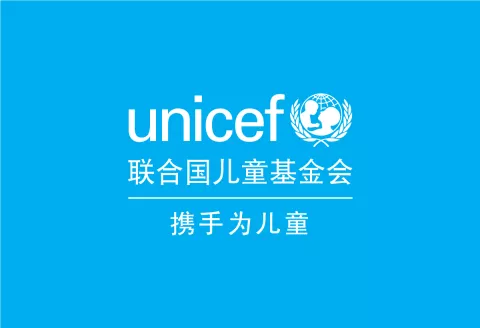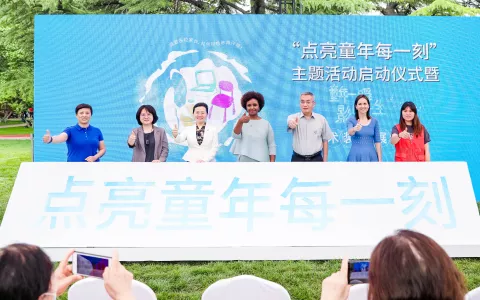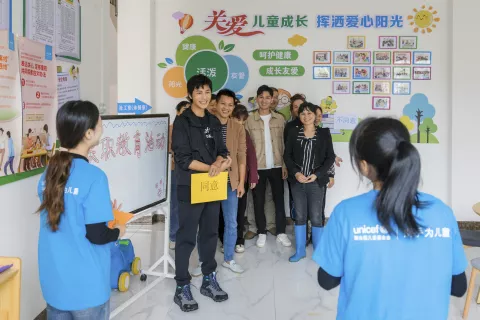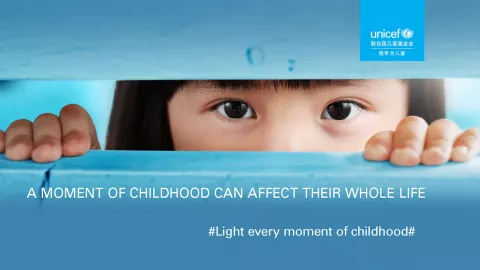The last name on the log
The last name on the log
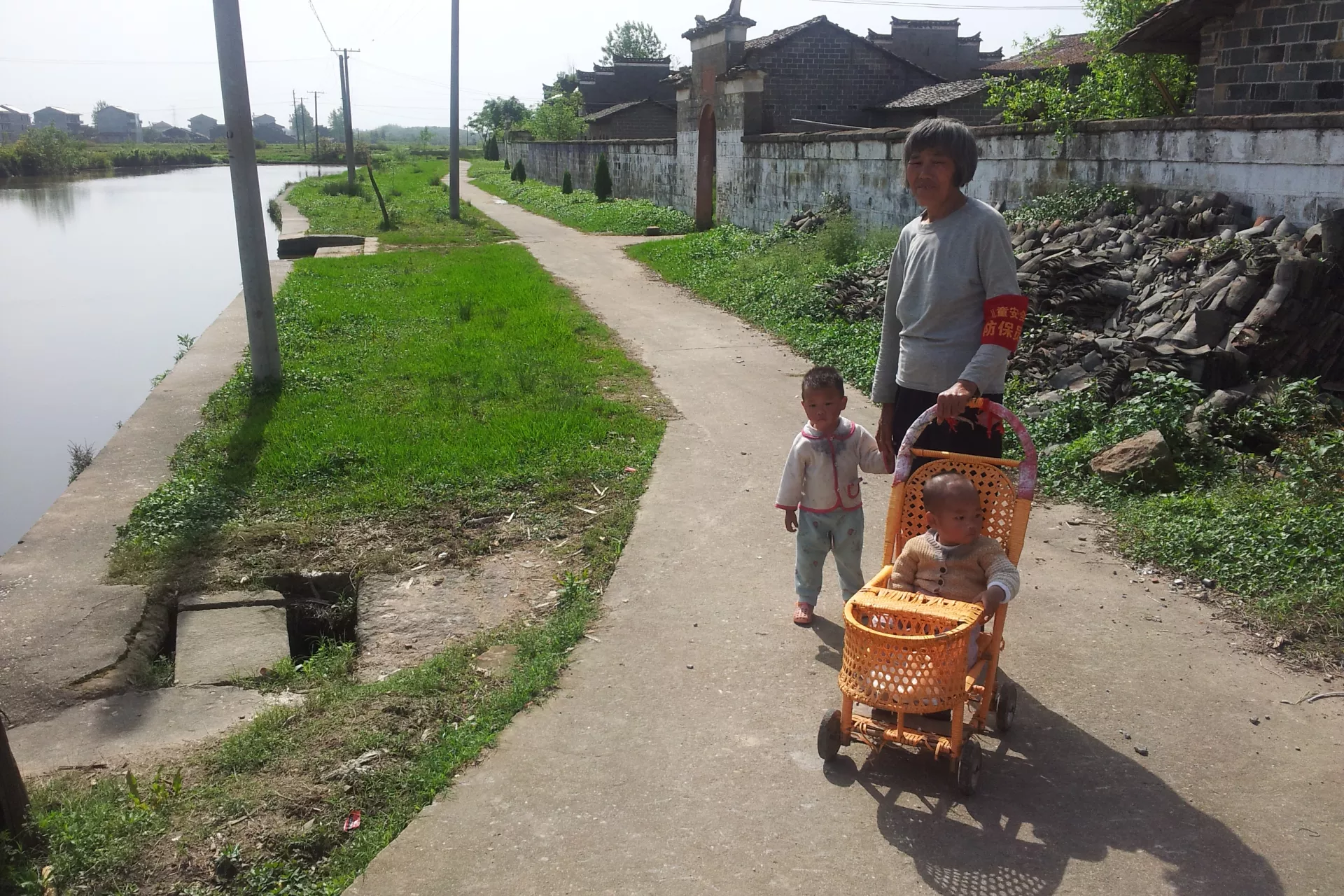
- Available in:
- 中文
- English
Yiyi seems to be a forgotten child now. Even his 61-year-old grandfather paused for a moment to recall the name of the slender child. The old man's face tells the story of a family scar he wants to bury as deeply as possible.
Two-year-old Yiyi lost his life three years ago on a hot summer afternoon. Not long before, the toddler had learned how to explore his world on foot. The large puddle just ten steps outside his home was a constant temptation.
When he waddled out towards the glittering water, he couldn't comprehend it was a journey of no return.
"I could still see his small arms flailing in the air," said Grandpa Chen, who had just come back from a hard day's work in the corn field. He dashed into the waste-deep water, but his grandson was already lost.
Yiyi had just learned to say ‘papa' and ‘mama'.
Injury the top cause of child death
For children between 5 and 14 years, injuries are the leading cause of illness and death in China[1]. For children under five, injury is the third major cause of death, after neonatal causes and pneumonia[2].
Almost 100,000 children die annually because of road accidents, drowning and other causes. Over 10 million children miss school or are hospitalised because of injury every year, suffering from drowning, road traffic accident, suffocation, falls, violence, animal bites, poison, burns and other types of injuries.
"We observe that the group most vulnerable to this new threat is China's 82 million children affected by migration. They are either cared for by aging grandparents, or they are trying to adjust to a new environment when they migrate with their parents," Zhu Xu, UNICEF health specialist.
Rarely visit home
Standing on the exact spot where Yiyi lost his life, Grandpa Chen is lost in silence. His body trembles slightly in the March drizzle.
Grandmother is in tears. She murmurs the same sentence over and over again, "It is my fault." She had turned her back for a moment to work in the kitchen when Yiyi lost his life.
Yiyi's parents were devastated. Yiyi was their second son. The elder child had been diagnosed with congenital heart disease. Both children were living with their grandparents as the couple's employment was 800 kilometres away in Guangdong Province. When the tragedy occurred, they rushed home the next day, but nothing could be done.
Since the tragedy, the family is deeply wounded. The young couple now rarely visit home, even though their current jobs are in Fuzhou, just 40 kilometres away. "They don't want to have another child, fearing we might blow it again," Grandmother said, too ashamed to raise her head.
In Yiyi's case, the absence of Mom and Dad plus the proximity of the large standing puddle of rain water contributed to the tragedy. In Jiangxi Province, located in the Yangtze River Delta, 7 out of 10 children from aged 1to17 died of injury, and almost 60% of these deaths were due to drowning, according to a 2005 baseline survey of over 100,000 families.
In order of magnitude, Jiangxi's three leading causes of child injury death are: drowning, road accidents and suffocation. Animal bites and falls are the leading non-fatal causes of injury.
According to the Xiaojiaping village doctor, before 2009 each summer, there was at least one child drowning death in the village. Luckily, he said, Yiyi is the last name on the log. His drowning death was entered in 2009.
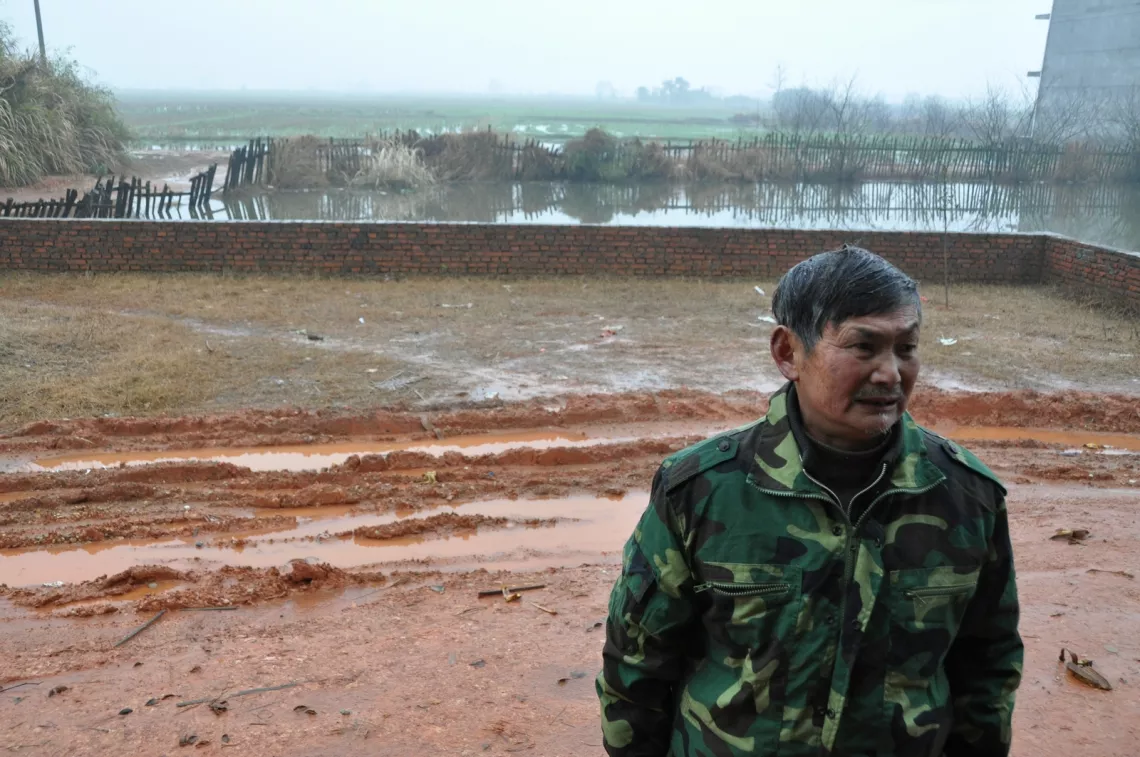
A new threat
China has done well in reducing child deaths due to infectious diseases, such as tetanus, polio, measles and diarrhoea.
"Chinese society is undergoing a transition; injury is now the biggest health threat to children." Zhu Xu, said.
UNICEF's child injury prevention project began in Jiangxi Province in 2007. UNICEF has helped the Chongren County to introduce a community injury prevention model which emphasizes creating safe homes, safe schools and safe communities for children.
"The key is to raise people's awareness of child safety, as the majority of injuries take place in or around childrens' homes," he continued.
For example, UNICEF has produced a Safe Home for Children checklist, detailing the threats to child safety in the living room, kitchen and bedroom and how parents can prevent injuries at home.
Environmental modifications have been scaled up with the help of schools or other government agencies, such as road speed bumps near the school and window guards in classrooms.
By taking up 25 key strategies recommended by UNICEF and WHO, the heavy injury and death tool can be prevented[3].
UNICEF also supports the Ministry of Health to promote better policies and effective strategies for preventing injury such as imposing speed limits, installing smoke alarms and the establishment of safer playground equipment stands.
At the end of the four year project period, the non-fatal injury rate for children under 6 in the Jiangxi project sites decreased by over 50%. This is just the beginning.
Two truckloads of earth
Dr. Zhu from UNICEF is quite encouraged by the changes in Grandfather Chen's home.
After Grandfather buried his youngest grandson on the outskirts of the village, he bought two truckloads of earth and poured in the puddle. Surrounding the area, he has installed a 1 meter tall red-brick fence. Altogether, the fence and the truckloads of earth cost Chen over 10,000 yuan, a large fortune . "This is for the boy," the old man kept referring to Yiyi in third person.
In addition, a stainless steel fence was added to the upper floor of Grandpa Chen's two storey brick bungalow. The bright silver fence is the kind normally found in a suburban neighbourhood of Beijing – a steep contrast with the bare red bricks and uneven mud floor inside. There are so few items of furniture that Chen didn't build a back door which he considered too extravagant.
The steel fence is cleaned and polished tirelessly every day. It is so clean that one can almost use the surface as a distorted mirror.
Asked the reason for these investments, Grandpa Chen takes a long, deep drag on his cigarette and points to the upper floor, "I still have one grandson living with us."
[1] UNICEF, Jiangxi Injury Survey. Child Injury Report, Beijing 2007
[2] WHO, World Health Statistics 2011. Geneva, 2012
[3] WHO and UNICEF. World Report on Child Injury Prevention. Geneva, 2008


